Native grasses
Native grasses are a fantastic option for those tricky spots in the garden. They are tough, thrive in a wide range of conditions and need very little maintenance.
Native grasses can be used as specimen plants and are very effective when mass planted along a pathway, driveway or fence or as a backdrop providing consistent colour and interesting textures year-round.
Top native grasses
Here are some of our most popular native grasses. To view our full range or to get some personal advice for your garden visit your local Flower Power Garden Centre.
Lomandra longifolia TanikaThis evergreen native grass has become an Australian garden staple thanks to its compact leaf form and reliability. The fine leaves are soft and the plant produces small yellow flowers in spring. Tanika is very low maintenance making it perfect for both landscape professionals and home gardeners. A great choice for borders, specimen planting and mass planting. Tolerates frost and drought. Botanical name: Lomandra longifolia Tanika Common names: Tanika , Lomandra Tanika Height: 50-60 centimetres Width: 60 centimetres Ideal position Plant in full sun or part shade in well drained soil to avoid wet feet. Caring tips Once established is very low maintenance. Remove spent flower stems in late spring. Rainfall will usually look after watering however do water during very hot or dry periods. Sizes available instore 140mm and 200mm pots. |
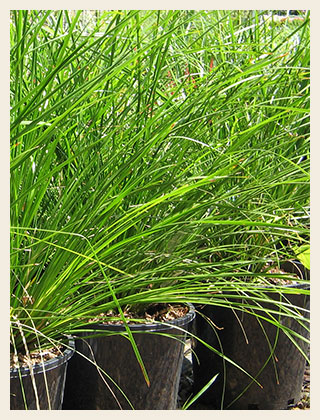 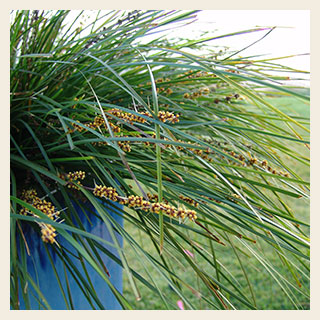 |
Lomandra longifoliaThis fast growing grass is hardy and long lived. Glossy, green leaves are strappy and tough and small clusters of perfumed, cream to yellow bracts appear on flower spikes in spring. A great filler and background plant for your home garden. Popular for specimen or mass planting, rockeries and medium strip or roadside planting. Lomandra longifolia will thrive in most conditions being highly tolerant of drought, frost hardy and tolerate of damp conditions and flooding. Botanical name: Lomandra longifolia Common names: Spiny-headed Mat-rush, honey reed Height: 1 metre Width: 1 metre Ideal position Can be planted in full sun or part shade and will tolerate most soil conditions. Caring tips Once established is very low maintenance. Remove spent flower stems in late spring. Rainfall will usually look after watering however do water during very hot or dry periods. Sizes available instore 140mm and 200mm pots. |
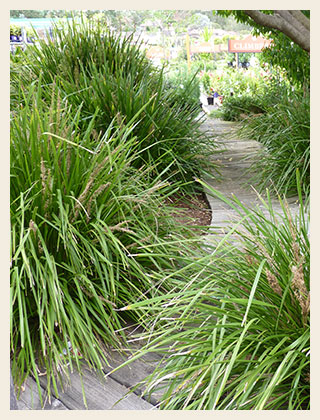 |
Lomandra longifolia KatrinusThis is a shorter variety of lomandra with finer, dark green foliage. Katrinus looks striking when mass planted and is also popular as a specimen plant for commercial and home use. Tolerates drought, frost and wind. Botanical name: Lomandra longifolia Katrinus Common name: Mat-rush Height: 80 centimetres Width: 80 centimetres Ideal position Can be planted in full sun or moderate shade. Suits sandy to heavy clay soils. Caring tips Once established is very low maintenance. Remove spent flower stems in late spring. Rainfall will usually look after watering however do water during very hot or dry periods. Sizes available instore 140mm and 200mm pots. |
 |
Lomandra confertifolia Little ConThis clumping, dense native grass makes a fantastic border, backdrop plant and edging plant for driveways and paths. It's also striking in a pot plant with its pom-pom like bright green foliage and spring yellow flowers. Lomandra confertifolia 'Little Con' has high frost and salt tolerance. Botanical name: Lomandra confertifolia Little Con Common name: Mat rush Height: 30 centimetres Width: 30 centimetres Ideal position Can be planted in full sun or moderate shade and prefers moist, well-drained soils. Caring tips Once established is very low maintenance. Remove spent flower stems in late spring. Rainfall will usually look after watering however do water during very hot or dry periods. Sizes available instore 140mm and 200mm pots. |
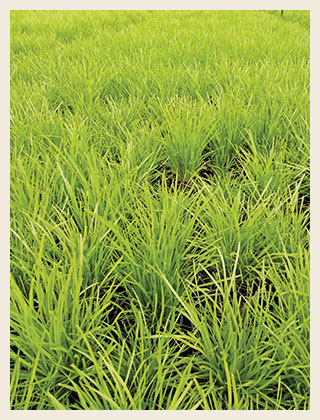 |
Dianella tasmanica Tas RedA favourite in Aussie gardens thanks to being tough, adaptable and reliable. Dianella tasmanica Tas Red is neat and compact with beautiful, wide leaves and large purple berries. It will often get a red colour in the base in colder climates or at times change from green to green with reddish tinges. Dianella makes an impressive statement mass planted and is a popular choice for Japanese style gardens, gardens with low water use and accent planting. Tolerates frost and heat. Botanical name: Dianella tasmanica Tas Red Common names: Blueberry lily, blue flax-lily Height: 50-60 centimetres Width: 65 centimetres Ideal position Can be planted in full sun or heavy shade. Suits sandy and sandy-loam to clay soils. Avoid poor soils. Caring tips Keep the base of Dianella above the soil or mulch level. Feed in spring with a slow release fertiliser. Trim older leaves as required and prune back to half the plant's size every three years to encourage healthy new growth. Sizes available instore 140mm and 200mm pots. |
 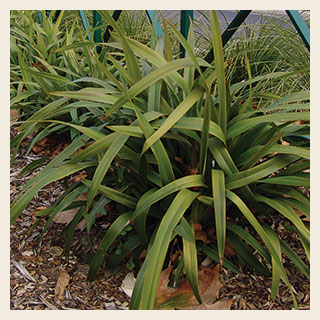 |
Dianella caerulea Cassa BlueWith stunning blue foliage and one of the longest Dianella flowering periods it's understandable that Cassa Blue is a garden favourite. Masses of purple and yellow flowers appear from September to November and its compact size and shape makes it suitable for any home or commercial garden. Looks best mass planted or as a feature plant. Botanical name: Dianella caerulea Cassa Blue Common names: Blueberry lily, blue flax-lily Height: 50 centimetres Width: 40 centimetres Ideal spot Can be planted in full sun or part shade. Prefers well drained soils (needs to be kept dryer in Sydney). Avoid very poor soils. Caring tips Keep the base of Dianella above the soil or mulch level. Feed in spring with a slow release fertiliser. Trim older leaves as required and prune back to half the plant's size every three years to encourage healthy new growth. Sizes available instore 140mm and 200mm pots. |
  |
Dianella caerulea BreezeThis tidy Dianella spreads easily to fill gaps and out-compete nasty weeds. Quick to establish this is an excellent choice when you're looking for a clumping plant to provide texture in the garden quick smart! Its long, green and strappy foliage looks great when mass planted, in rockeries, under-planting or along edges. Delicate blue and yellow flowers appear in spring. Will tolerate humidity, cold and is moderately drought tolerant. Botanical name: Dianelle caerulea Breeze Common names: Blueberry lily, blue flax-lily Height: 60-70 centimetres Width: 60-70 centimetres Ideal position Can be planted in full sun or part shade. Tolerates most soils however avoid very poor soils. Caring tips Keep the base of Dianella above the soil or mulch level. Feed in spring with a slow release fertiliser in spring. Trim older leaves as required and prune back to half the plant's size every three years to encourage healthy new growth. Sizes available instore 140mm and 200mm pots. |
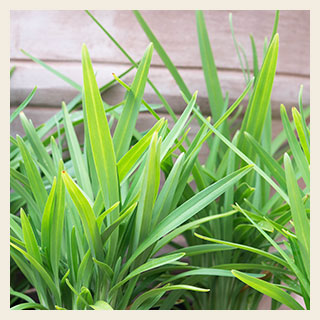 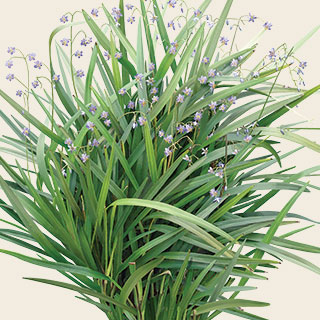 |
Lomandra SeascapeLomandra Seascape is a stunning addition to any garden with their weeping blue-grey foliage that ripples in the breeze. Highly fragrant, small yellow blooms appear on spears throughout summer. It's a non-invasive and easy to maintain native grass. A great addition to coastal gardens, patio pots and rockeries. It can also be used to soften border perimeters - its graceful foliage can give paths and retaining walls a welcoming new look. Extremely frost hardy and drought tolerant. Botanical name: Lomandra Seascape Common name: Mat-rush Height: 50 centimetres Width: 75 centimetres Ideal position Plant in full sun or part shade in fertile, well drained soil. Caring tips Remove spent flower stems in late spring. Rainfall will usually look after watering however do water during very hot or dry periods. Sizes available instore 140mm and 200mm pots |
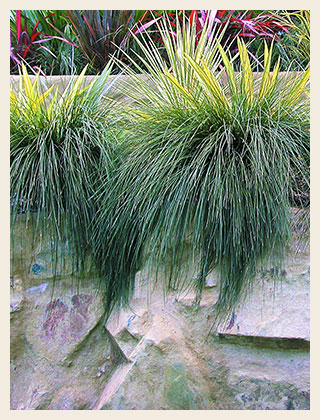 |

